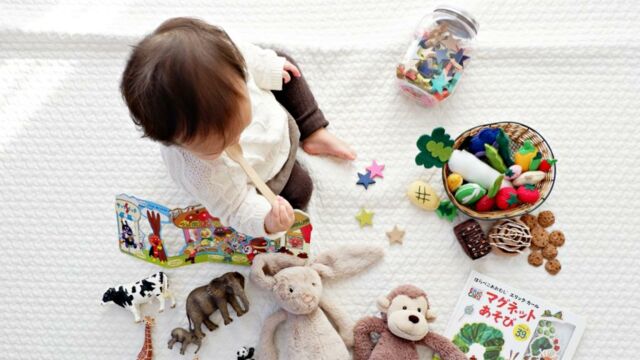Mankind has managed to contaminate even the most remote areas of the planet with plastic. We may not physically see them everywhere, but microplastics—which are less than 5 mm in size, have reached the deepest parts of the oceans. They’re being ingested by all sorts of species that roam the earth, humans included.
Discover our latest podcast
Microplastics in the human body
A study published in the National Library of Medicine estimates that we eat around 5 grams of plastic every week. The effects these digested pieces of plastic have on our body and immune system is still uncertain. Experts say that some of it does get excreted in our faeces, but research also suggests that other pieces may enter the bloodstream. The Daily Mail reports that other studies have also linked exposure to microplastic exposure with cell death, inflammation, and metabolic disorders.
Needless to say, scientists have been raising the alarm of the possible risks of consuming plastic for a while. Unfortunately, the alarm has now turned into somewhat of a disaster-alerting siren because of a new study that has found 10 to 20 times more microplastics in an infant’s faeces than that of an adult.
Alarming study
Researchers from New York University School of Medicine discovered an alarming amount of PET (polyethylene terephthalate) microplastics which are predominantly used in textile fibres, water bottles, mobile phone cases, and other day-to-day objects. Authors also believe that babies are ‘exposed to higher levels of microplastics’ throughbaby products like bottles, teether, and toys. Furthermore, they’re constantly putting random objects from around the house in their mouth—hence the elevated number of microplastics in their stool. Professor Leader of the study, Kurunthachalam Kannan said:
High concentrations of microplastics in the faeces of one-year-old infants can be attributed to extensive use of plastic products/articles such as baby feeding bottles, sippy cups, utensils such as spoons and bowls, plastic teethers, and toys, among others, during that growth stage.
He says that while the team’s data does ‘provide baseline evidence’ there need to be other studies done to corroborate their findings. However, he does believe that children’s products do need to be plastic-free as ‘human exposure to microplastics is a health concern.’ He added:
We need to make efforts to reduce exposure in children. Children’s products should be made free of plastics.















